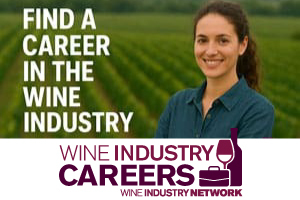531 Jefferson St., Napa, CA, United States of America, 94559
Feeds

Loading feeds please wait a moment
About
WineGlass Marketing is a full-service direct marketing agency for the wine and spirits industry.
We partner with our clients to elevate their digital marketing strategy and campaign implementation to grow and build strong, profitable consumer relationships.
We are experts in DTC marketing and the wine industry.
We are relationship-driven. We think of ourselves as an extension of your team.
Contact
Contact List
| Title | Name | Phone | Extension | |
|---|---|---|---|---|
| President | Susan DeMatei | susan@wineglassmarketing.com | 707-927-3334 | 205 |
Location List
| Locations | Address | State | Country | Zip Code |
|---|---|---|---|---|
| WineGlass Marketing | 531 Jefferson St., Napa | CA | United States of America | 94559 |


